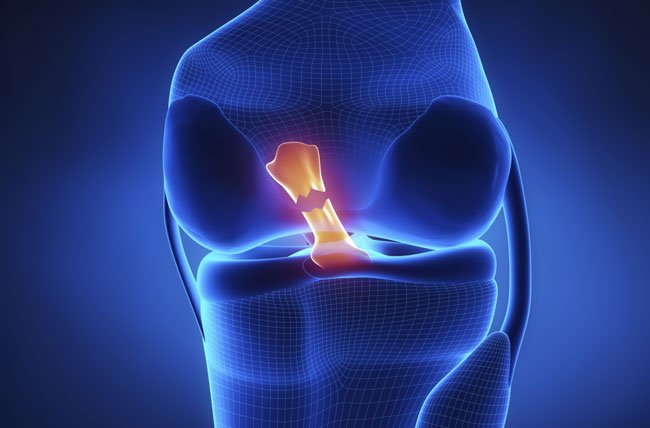Anterior Cruciate Ligament (ACL) Injuries
What is the ACL?
The ACL is a key stabilizing ligament in the knee, connecting the femur to the tibia and preventing excessive forward movement of the tibia. Injuries are common in sports involving pivoting, sudden stops, or high-impact landings.

Symptoms
- Sudden “popping” sound or sensation during the injury.
- Rapid onset of swelling due to bleeding inside the joint (hemarthrosis).
- Pain and inability to continue activity.
- Knee instability, especially during pivoting or changing direction.
Diagnosis
- Physical Examination:
- Lachman Test: Checks for excessive forward movement of the tibia.
- Pivot-Shift Test: Assesses rotational instability.
- Anterior Drawer Test: Detects anterior tibial translation.
- Imaging:
- MRI: Gold standard for confirming ACL tears and assessing associated injuries, such as meniscus or cartilage damage.
- X-Ray: To rule out fractures.
Treatment
- Non-Surgical Options (for low-demand patients or partial tears):
- Physical therapy to restore range of motion and strengthen surrounding muscles.
- Bracing for stability during activities.
- Surgical Options (for active individuals or complete tears):
- ACL Reconstruction: Replaces the torn ligament with a graft from the patient’s Quads tendon, hamstring, patellar tendon, or donor tissue (allograft).
- Performed arthroscopically for minimal invasiveness.
Rehabilitation
- Focus on reducing swelling and restoring range of motion initially.
- Progression to strengthening exercises and neuromuscular training.
- Return to sports typically after 6–12 months.
